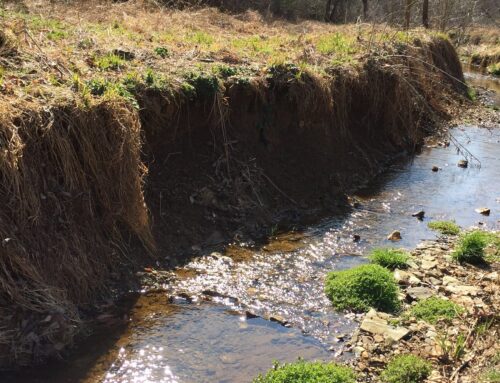In Pennsylvania, many local jurisdictions are grappling with the complexities of stormwater and watershed restoration practices as they develop and implement Pollution Reduction Plans as part of their EPA National Pollutant Discharge Elimination System (NPDES) stormwater permit requirements. In some parts of Pennsylvania, local regulated jurisdictions are uniting at the county-level to combine resources and identify the projects that are most cost-effective and beneficial to the larger community.
The Blair County Intergovernmental Stormwater Committee (ISC) is an example of such a collaborative. In 2017, the Center worked with the ISC to develop and submit a Pollution Reduction Plan that covers all the MS4 permitted jurisdictions in the County.
The Center worked closely with Township and Borough representatives to assemble geographic data to define the sewersheds and determine existing baseline loads from which to measure pollutant reductions. Then, using information provided by the Committee, combined with field observations, the Center determined the reductions from existing Best Management Practices (BMPs). The Center evaluated the potential of the BMPs to be retrofitted for cost-effective pollutant reductions to achieve permit requirements.
The Center provided the Committee with a list of BMPs and the specific calculation details that achieve the required reductions as part of the final Pollution Reduction Plan. The Center coordinated a meeting between committee representatives and Pennsylvania Department of Environmental Protection (DEP) to discuss the specific components of the plan and the load reduction calculations for specific BMPs.
The Plan was submitted, reviewed, and approved by the DEP. The ISC has since begun implementation of financing strategies and high priority projects.






